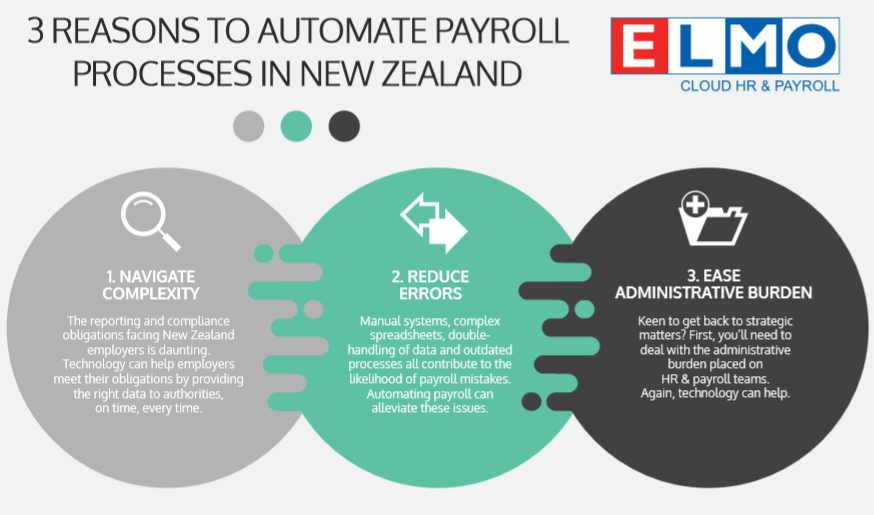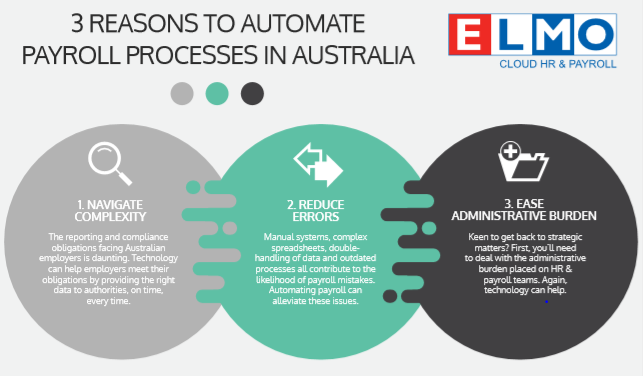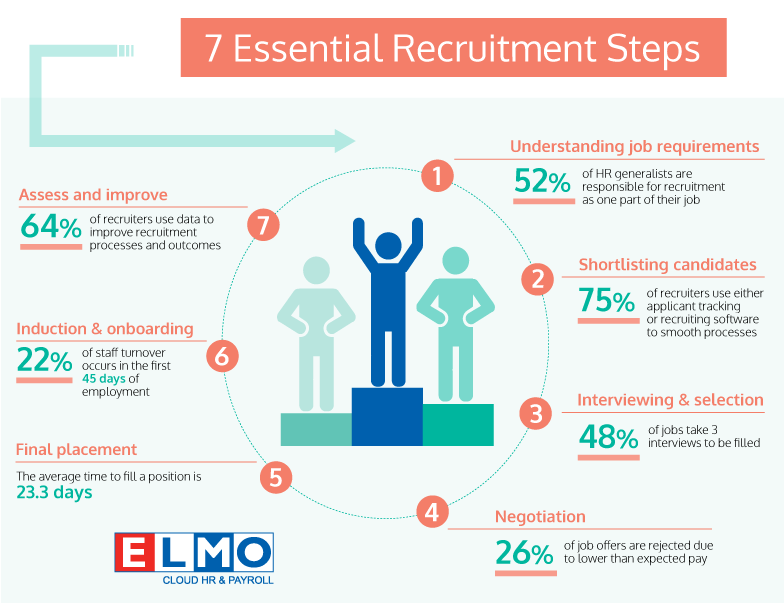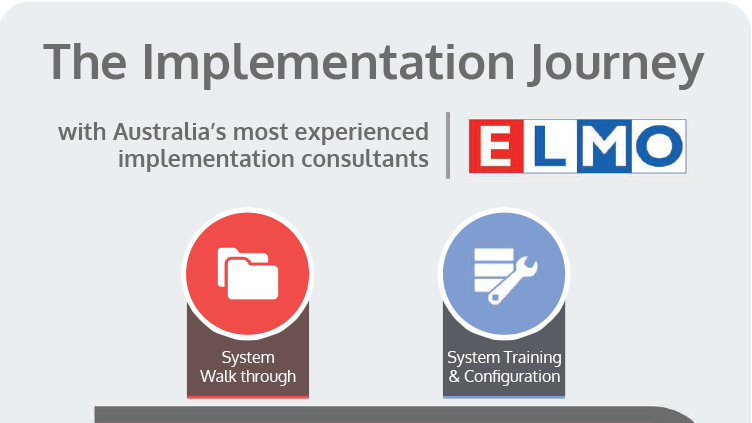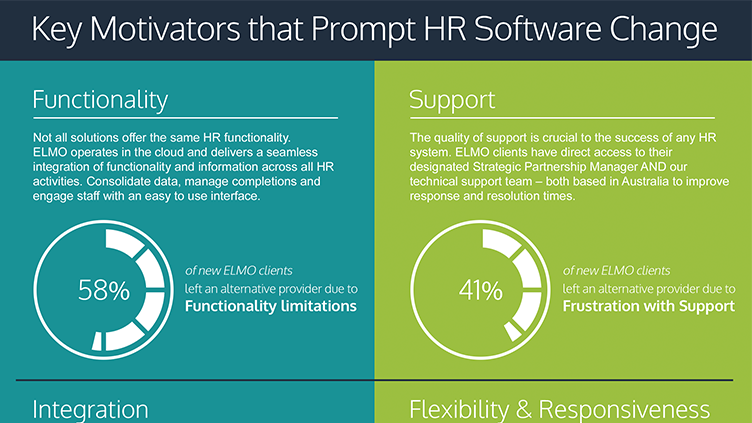5 Steps to Building a Strategic HR Function
Building a Strategic HR Function – Infographic Strategic HR is not a scary, abstract concept. Put simply, it means managing the HR function in a way that supports an organisation’s ...
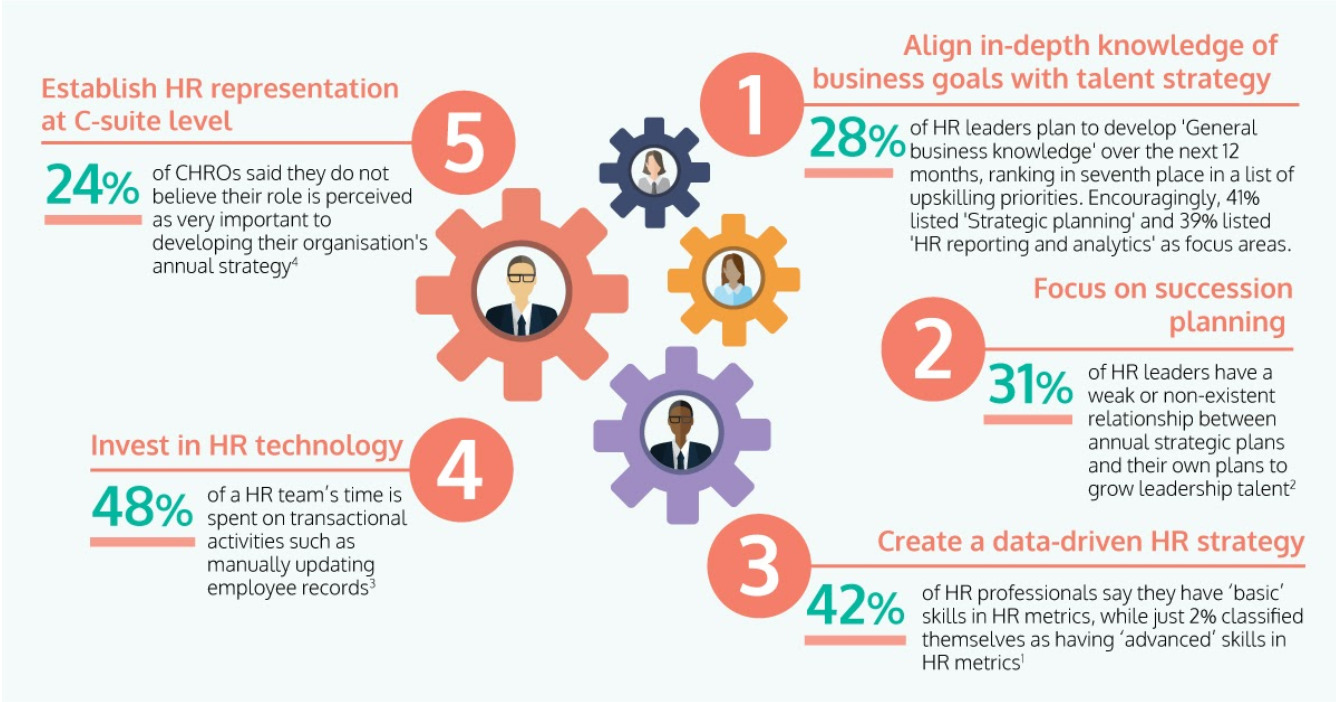
Building a Strategic HR Function – Infographic
Strategic HR is not a scary, abstract concept. Put simply, it means managing the HR function in a way that supports an organisation’s long-term business goals. An organisation with an HR strategy that aligns to the business one will be more competitive, better prepared to respond to customer needs, and able to navigate uncertainty.
HR is slowly gaining long-deserved recognition as an integral piece of an organisation’s fabric, rather than a back-office function. After all, HR holds the ability to influence and impact the most valuable asset of any organisation: its people. But there is still work to be done in elevating its reputation to a truly strategic function, with research highlighting that HR as a business function is ranked eighth or ninth in importance in the eyes of CEOs worldwide.[1]
5 Steps Towards Strategic Human Resource Management
In this ELMO infographic, we outline five steps to build a strategic HR function.
1. Align in-depth knowledge of business goals with talent strategy
A strategic, agile talent strategy should continuously assess how the appropriately skilled talent can be deployed against strategic imperatives. Indeed, McKinsey found the talent-related practice most predictive of winning against competitors was frequent re-allocation of high performers to the most critical strategic priorities.[2]
Encouragingly, ELMO’s 2021 HR Industry Benchmark Report revealed 41% of HR professionals plan to develop ‘Strategic planning’ as a focus area over the next 12 months – highlighting a growing desire to make HR a more strategic function in 2021.
2. Focus on succession planning
There are many overarching and interlinked reasons why succession planning and leadership development are a crucial part of strategic HR. According to research from the Expenditure Review Committee (ERC), the number of people in leadership roles planning to retire in the next few years is higher than the number of people entering the workforce.[3] Therefore, the development of future talent and leadership through training and mentoring is a critical business priority. According to ELMO’s 2021 HR Industry Benchmark Report, 13% of HR professionals named succession planning as a top three item that would challenge their organisation over the next 12 months.
Preparing talent to replace departing employees does not just apply to those retiring; it also applies to those at risk of leaving the business in the immediate future for other reasons – and these ‘flight risk’ employees should be identified early.
Meanwhile, strategic succession planning will begin well ahead of time, to allow a sufficient handover period between the departing employee and their successor. This kind of planning is not only positive for business continuity and the transference of critical knowledge; it also saves on recruitment costs and reinforces to employees that there are solid career paths for them in their current workplace.
3. Create a data-driven HR strategy
ELMO’s 2021 HR Industry Benchmark Survey found 20% of HR professionals do not use HR metrics at all. But when aligning the HR strategy with the business strategy, data is imperative. HR data can be used to:
- Better inform HR decisions
- Identify past and present issues
- Predict future trends and scenario plan
- Understand and evaluate the business impact of people and the initiatives in place to help employees undertake their roles more effectively
- Improve the leadership team’s decision making on people-related matters
- Improve the overall wellbeing and effectiveness of the organisation’s employees
All of this has a huge impact on a company’s ability to achieve its strategic objectives.
4. Invest in HR tech
Investing smartly in technology will free up time spent on manual HR processes such as payroll, remuneration, onboarding, and learning & development. The freeing up of time once spent on manual processes will enable HR to focus on more strategic priorities, such as growing their influence at a senior level and planning future workforce requirements.
5. Establish HR representation at C-suite level
For the HR function to be viewed as a critical to enabling business strategy, it must be represented at a C-suite level, whether this is achieved through a CHRO position (if the company is large enough) or through a direct reporting line between HR and the CEO. In the modern economy, the core HR responsibilities of attracting the right talent, ensuring the right skills are in place, creating the right organisational structure, and building the right culture are essential for driving business strategy. In fact, Korn Ferry research has highlighted that the traits of the CHRO match up closely with those of the CEO.[4]
COVID-19 highlighted some encouraging signs that HR’s status as a strategic leader is gradually gaining recognition, helped by the fact that many HR leaders have had to drive and implement much of the organisational change resulting from the pandemic. And indeed, research supports this, finding that perceived HR influence on the executive team rose by 14.9% during the crisis,[5] – a positive indication that HR may continue to have more of a seat at the table in the future.
Share this Image On Your Site
ELMO Software is a cloud-based solution that helps thousands of organisations across Australia, New Zealand and the United Kingdom to effectively manage their people, process and pay. ELMO solutions span the entire employee lifecycle from ‘hire to retire’. They can be used together or stand-alone, and are configurable according to an organisation’s unique processes and workflows. Automate and streamline your operations to reduce costs, increase efficiency and bolster productivity. For further information, contact us.
[1] The Conference Board and McKinsey & Company, State of Human Capital Survey, 2012
[2] McKinsey, Linking Talent to Value, 2017
[3] CIO, “Why succession planning is so important”, 2019
[4] Korn Ferry research published in Harvard Business Review, ‘Why Chief Human Resources Officers Make Great CEOs’, 2014
[5] Australian HR Institute, Skills for a post-pandemic future, October 2020
 HR Core
HR Core 

